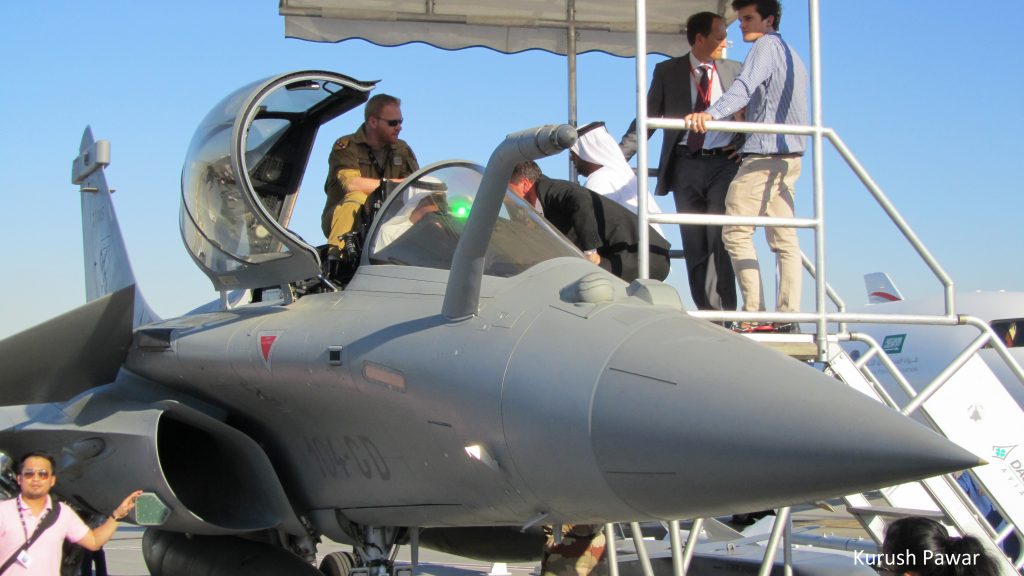
In January and June, Dassault and Boeing demonstrated their aircraft’s capabilities to the navy at a shore-based test facility in Goa.
According to people familiar with the matter, the French Rafale M fighter has edged out the American F/A-18 Super Hornet in a direct competition to supply the Indian Navy with 26 new deck-based fighters for the country’s first indigenous aircraft carrier, INS Vikrant. Dassault Aviation produces the Rafale, while Boeing produces the Super Hornet.
Dassault and Boeing demonstrated their aircraft’s capabilities to the navy in January 2023 and June 2022, respectively, at a shore-based test facility in Goa. According to one of the officials cited above, who requested anonymity, the navy has submitted the trial reports for the two fighters to the defense ministry, and it is now up to the government to make a final decision on the government-to-government deal to meet the navy’s requirements.
“The Rafale M has been found to be a better fit for the navy’s requirements,” said a second official, also asking not to be named.
The Indian Air Force (IAF) operates two squadrons of the Rafale fighter, and if the navy orders the maritime version, spares and maintenance will be shared, according to officials.
The 26 fighters planned for purchase by the navy are only a stopgap measure until the country develops its own twin-engine deck-based fighter (TEDBF). According to Navy Chief Admiral R Hari Kumar, the navy is preparing a draught cabinet note for the design and development of the TEDBF, which India plans to operate from its aircraft carriers.
The first TEDBF prototype is expected to be ready around 2026, with production beginning in 2032. The navy is collaborating on the TEDBF project with the Defence Research and Development Organization (DRDO) and the Aeronautical Development Agency.
Because TEDBF is still a decade away, the navy is considering importing deck-based fighters as a stopgap measure.
According to Air Marshal Anil Chopra (retd), director general of the Centre for Air Power Studies, it makes sense for the navy to go with Rafale M fighters to fill the capability gap.
“The Rafale’s maritime version will have more than 85% commonality with the IAF Rafales. That means there will be tremendous advantages in the logistics management of spares and the commonality of maintenance. In the long term, an Indian firm could even overhaul both the variants,” said Chopra.
The fighters on board INS Vikrant, like those on INS Vikramaditya, will use the ski-jump to take off and will be recovered by arrestor wires, or what is known in navy parlance as STOBAR (short takeoff but arrested recovery). The Vikramaditya is equipped with Russian-made MiG-29K fighters.
The French side has also emphasised that the Rafale M shares similarities with the IAF’s 36 Rafale fighters, providing advantages in terms of training, maintenance, and logistics support.
“We will take a call on what’s in our best interest,” said Chopra.
INS Vikrant will operate an air wing consisting of 30 aircraft including the new fighters, Kamov-31 choppers, MH-60R multi-role helicopters, and advanced light helicopters.
While the Rafale M is stationed on the French Navy’s aircraft carrier Charles de Gaulle, the Super Hornet operates from all 11 US Navy aircraft carriers. Boeing previously estimated that if the Super Hornet was selected as the navy’s next carrier-based fighter, the Indian economy would benefit by $3.6 billion over a ten-year period, with continued investments in manufacturing, engineering and technology transfer, infrastructure, sustainment and training, and skilling.





